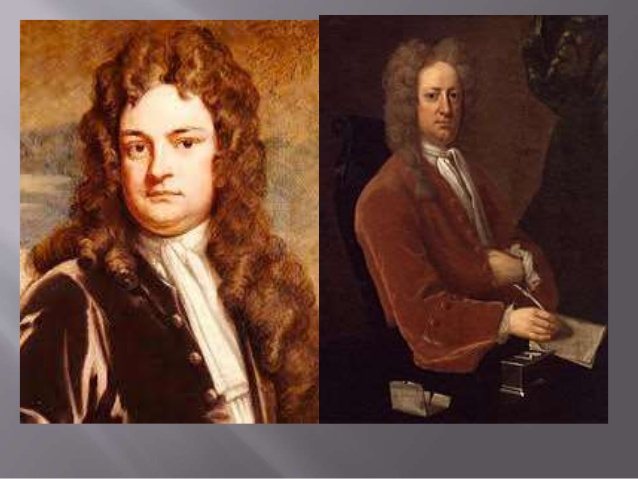Herrick has dealt with the theme of the short existence of all thing and beings on the earth, in his address to daffodils.
As part of his techniques he has used some similes. The short life of daffodils and human beings, and their spring and youth have been expressed effectively through two similes:
‘We have short time to stay as you'
And
‘We have as short a spring‘
In the first line above the similarity is between the short life-span of both daffodils and humans, and in the second line, a similarity between their spring and youth.
The poet has used more similes. He says that human life is as short as “the summer’s rain” and ”as the pearls of morning’s dew” which vanish away and never return again.
Imagery is also remarkable. The images like “Fair daffodils”, ”summer’s rain” and ”pearls of morning's dew” have been effectively used. Through these images the poet wants to reveal the idea that the daffodils, summer's rain, and pearls of morning's dew pass away too soon and human beings also do the same. The images “Fair daffodils” and ”pearls of morning’s dew” also produce an idea of beauty that is not everlasting, something that is to be ruined. The poet wants to express the thought that life is short and beauty is transient.
The poet has symbolized the short lifespan of human beings through revealing the short existence of the “Fair daffodils”. In the line “We have as short a spring”, the ’spring’ symbolises the youth period of human life. The poet has used an image ”hasting day” concering the movement and time; here ’day’ becomes a symbol for life; it is life that hastes.
The rhythm used in this poem also supports his theme. The rhythm of the poem is very short and disconnected because it is composed of many short lines and words. The poem itself is very brief in length. This shortness contributes to the quick rhythm of the poem which in fact represents the brevity of life. To support this idea of shortness, the poet has used the same structure and the same number of syllables in both stanzas. The lines in stanza one have the same number of syllables as their congruent lines in stanza two. Some short lines in this poem are: “Stay, stay”, ”Has run”, ”We die”, and ”Away.” These lines are all created with one or two words and each contains only two syllables. Some of the many short words and each contains only two syllables. Some of the many short words that are used in the poem are: “We”, ”to”, ”so”, ”as”, ”go”, ”do”, ”, ”yet” and ”, ”but”, and ”the.” Each of these words has only a few letters and only one syllable, so they are said very quickly.





0 Comments